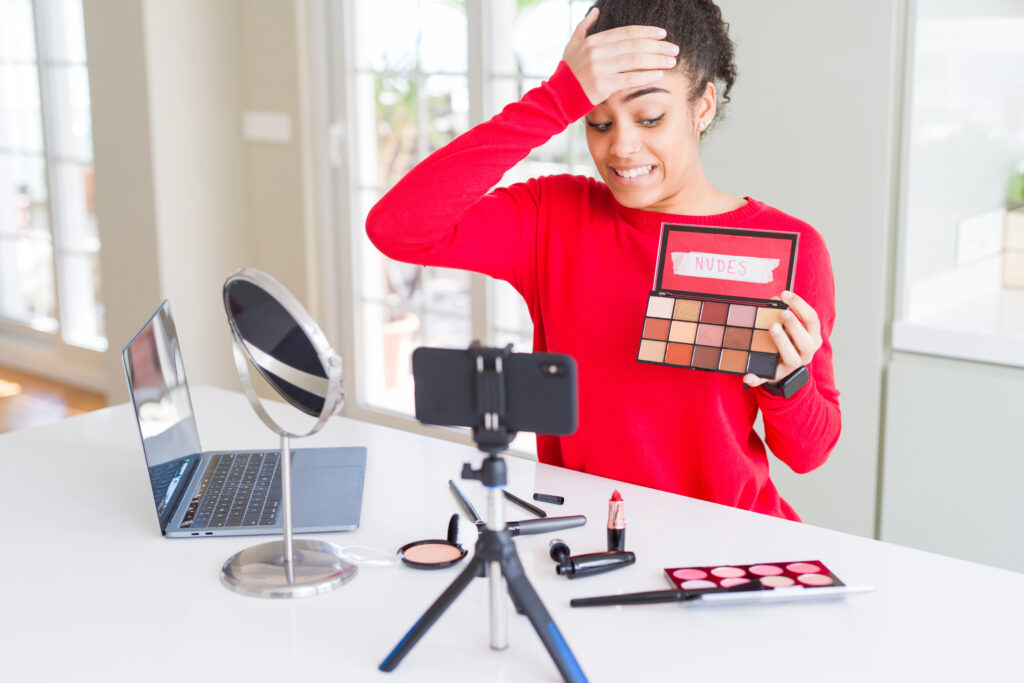Introduction
Creating a successful vlog that garners a significant number of viewers involves a multi-faceted approach, blending creativity, technical skills, and strategic planning. Below is an extensive guide to help you navigate through each step in detail:
Identifying Your Niche

Passion and Expertise
Choosing a niche you are passionate about is crucial. Your enthusiasm will translate into your content, making it more engaging and authentic. Additionally, having expertise in your chosen niche will establish you as a credible source. Whether it is travel, technology, beauty, or gaming, make sure it is something you love and know well.
Audience Demand
Understanding what viewers want is essential. Utilize tools like Google Trends, YouTube search predictions, and competitor analysis to identify popular topics within your niche. This research will help you create content that vibrates with your target audience.
Planning Your Content

Content Calendar
A content calendar helps you stay organized and consistent. Plan your videos at least a month in advance, outlining topics, filming dates, and upload schedules. Consistency builds anticipation and reliability, key factors in retaining viewers.
Script and Storyboard
While spontaneity can be appealing, having a script or at least an outline ensures your videos are focused and coherent. Storyboarding your video helps visualize the flow, making the editing process smoother. This planning stage is crucial for maintaining quality and delivering your message effectively.
Equipment and Setup

Camera
Investing in a good quality camera can significantly enhance your video quality. While modern smartphones have impressive cameras, a DSLR or mirrorless camera offers better control over settings like aperture, shutter speed, and ISO. Consider models like the Canon EOS M50 or Sony Alpha a6400 for a good balance of quality and price.
Microphone
Audio quality is as important as video quality. An external microphone, such as the Rode VideoMic Pro or a lavalier mic, can drastically improve your audio clarity, reducing background noise and capturing your voice more clearly.
Lighting
Good lighting transforms your video quality. Natural light is excellent, but it’s not always available or consistent. Softbox lights or ring lights can provide consistent, flattering lighting. Position your lights at a 45-degree angle to your face to create a natural, three-dimensional look.
Editing Software
Editing is where your video comes to life. Software like Adobe Premiere Pro, Final Cut Pro, and DaVinci Resolve offer extensive features for cutting, trimming, adding effects, and color correction. Familiarize yourself with these tools to enhance the quality and appeal of your videos.
Recording Tips

Location
Choose a quiet, well-lit location for filming. Avoid cluttered backgrounds unless they are relevant to your content. A clean, professional setup keeps the focus on you and your message.
Framing and Composition
Proper framing and composition make your videos visually appealing. Use the rule of thirds to position yourself in the frame, creating a balanced and aesthetically pleasing shot. Keep the camera at eye level to maintain a natural and engaging viewpoint.
Engage with the Camera
Speak clearly and confidently. Maintain eye contact with the camera as if you’re speaking directly to your viewers. This personal connection can significantly enhance viewer engagement and retention.
Editing and Post-Production

Cutting and Trimming
Edit out unnecessary parts to keep your video concise and engaging. Attention spans are short, so focus on delivering your message clearly and efficiently. Aim for a balance between thoroughness and brevity.
Transitions and Effects
Use transitions sparingly. Overuse can make your videos look amateurish. Simple cuts, fades, and occasional transitions can help maintain a professional look. Add text overlays, graphics, and effects to emphasize key points and enhance your storytelling.
Music and Sound Effects
Background music adds depth to your videos, but it should not overpower your voice. Use royalty-free music from sources like Epidemic Sound, Artlist, or YouTube’s own audio library. Sound effects can also enhance your video, but use them judiciously to avoid distraction.
Thumbnails and Titles
Thumbnails and titles are the first things viewers see. Create eye-catching thumbnails with bold fonts, vibrant colors, and relevant images. Titles should be clear, concise, and include relevant keywords to improve searchability.
Optimize for Search

Keywords
Keywords are crucial for search engine optimization (SEO). Use tools like TubeBuddy and VidIQ to find relevant keywords for your title, description, and tags. This increases the likelihood of your video appearing in search results and suggested videos.
Descriptions and Tags
Write detailed descriptions using relevant keywords to describe your video content. Include links to your social media, related videos, and any sources mentioned. Tags help YouTube understand the content of your video and match it with viewers’ interests.
Promote Your Videos

Social Media
Promote your videos on all your social media platforms. Create short teasers or behind-the-scenes clips to generate interest. Engage with your audience by responding to comments, hosting Q&A sessions, and participating in relevant online communities.
Collaborations
Collaborating with other vloggers can expose you to a broader audience. Choose collaborators with a similar or complementary audience. Joint projects, guest appearances, and shout-outs can significantly boost your viewership.
Engage with Viewers
Building a community around your vlog is crucial. Respond to comments, ask for feedback, and create interactive content like live streams or polls. Engaging with your audience fosters loyalty and encourages word-of-mouth promotion.
Analyze and Improve

Analytics
YouTube Analytics provides valuable insights into your video’s performance. Monitor metrics like watch time, audience retention, and click-through rate (CTR). Use this data to identify what’s working and what needs improvement.
Feedback
Pay attention to viewer feedback. Constructive criticism can guide your content improvements. Regularly ask for feedback and suggestions to make your audience feel valued and involved.
Trends
Stay updated with the latest trends in your niche. Incorporating trending topics or formats can attract new viewers and keep your content fresh. However, ensure these trends align with your brand and audience interests.
Monetization

Ad Revenue
Once you meet YouTube’s eligibility requirements (1,000 subscribers and 4,000 watch hours in the past 12 months), you can apply for the YouTube Partner Program to earn from ads. Diversify your revenue streams by exploring other monetization options.
Sponsorships
Brands often seek influencers for sponsored content. Build a media kit showcasing your demographics, engagement rates, and previous collaborations. Reach out to brands that align with your niche and audience.
Merchandise and Services
Selling merchandise related to your brand or offering services like consulting, coaching, or exclusive content can generate additional income. Platforms like Teespring, Patreon, and Ko-fi can facilitate these ventures.
Legal and Ethical Considerations

Copyright
Respect copyright laws by using only content you have rights to. This includes music, images, and video clips. YouTube’s Content ID system can flag copyrighted material, potentially leading to demonetization or removal of your videos.
Disclosures
Be transparent about sponsored content and affiliations. FTC guidelines require clear disclosure of any paid promotions. Honesty builds trust with your audience and maintains your integrity.
Final Thoughts
Creating a successful vlog takes time, effort, and continuous improvement. By following these steps and adapting based on feedback and analytics, you can build a compelling vlog that attracts and retains a large audience. Remember, the key to success lies in combining passion, quality, and strategy to deliver valuable and engaging content.
